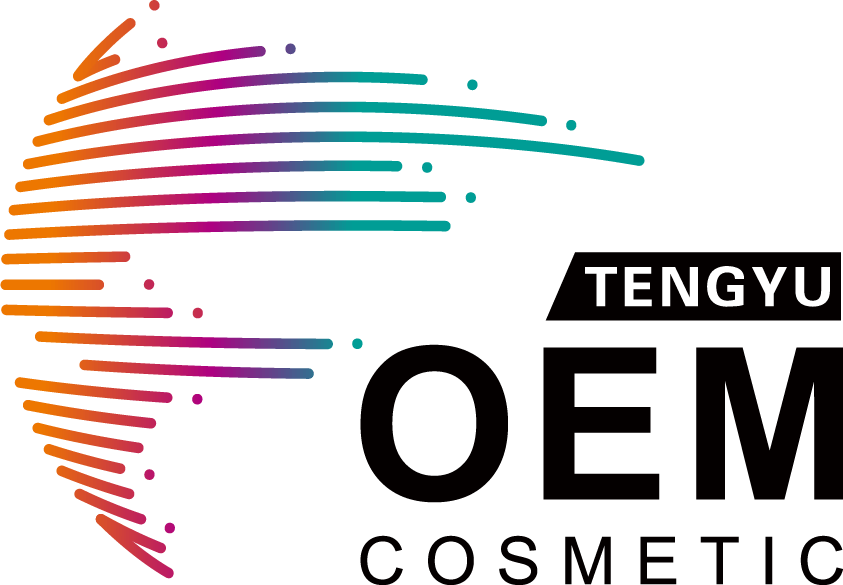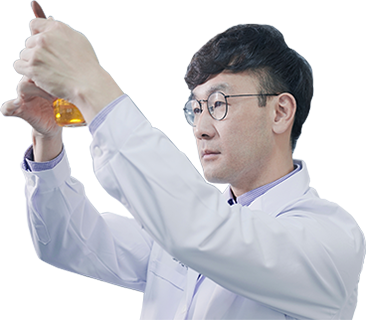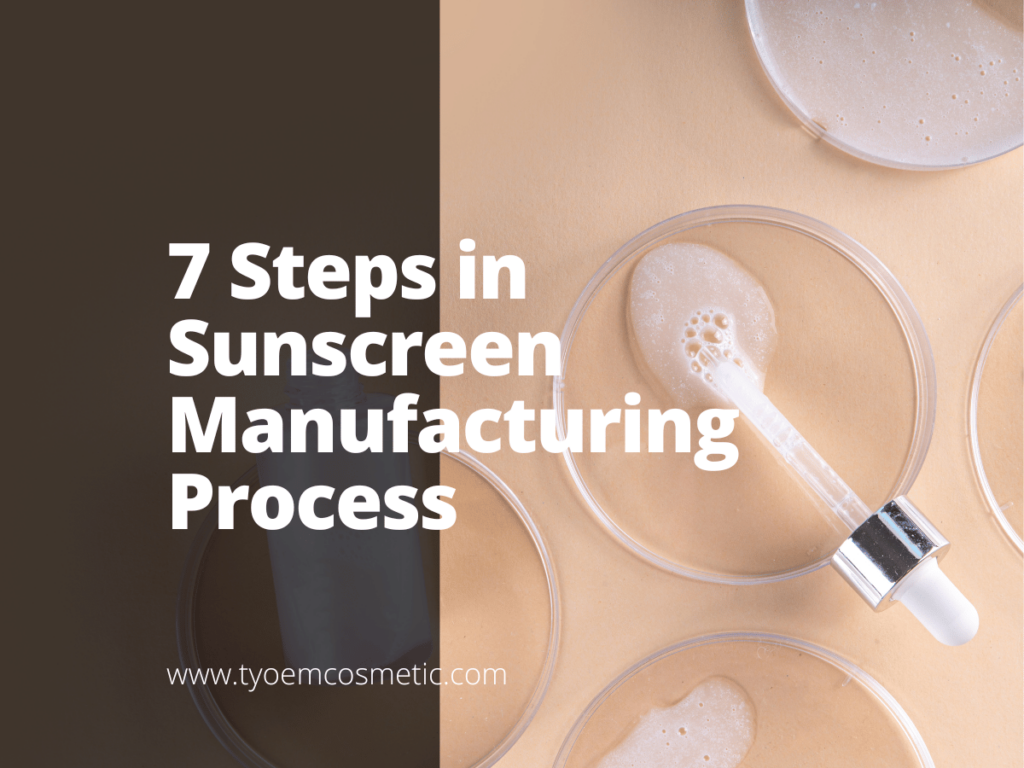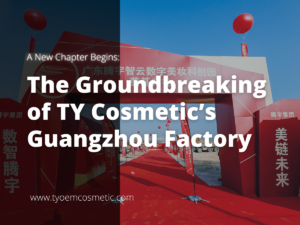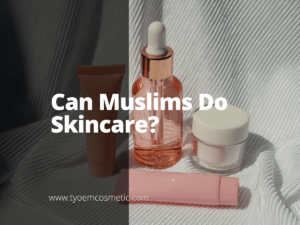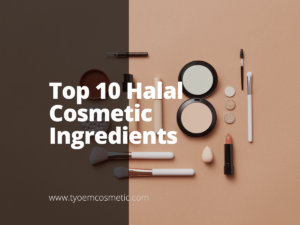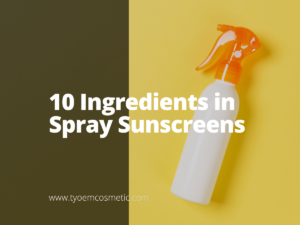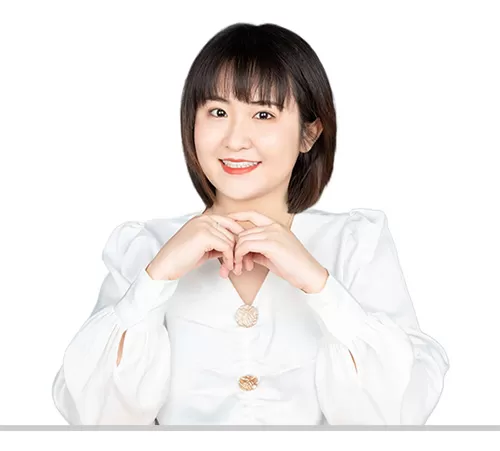Is your understanding of sunscreen manufacturing comprehensive and up-to-date? This article explores the detailed process of creating sunscreens, a crucial product in the cosmetic industry.
With expertise in cosmetic formulation and industry standards, we offer insights into sunscreen manufacturing. Our focus on technical precision and market trends is essential for you in enhancing your product offerings.
Manufacturing sunscreen combines science and art for a safe and effective product. Each phase of production plays a crucial role in determining the effectiveness and safety of the final product.
In this guide, we’ll dive into the essential stages of sunscreen production, from selecting ingredients to packaging, providing a clear understanding of each step’s significance and intricacies.
Read on for an enlightening exploration of sunscreen production.
Step#1 The Formulation Process
The formulation process marks the beginning of the sunscreen manufacturing journey, creating a product that shields against UV rays. Here’s how each step unfolds in creating the initial blend:
- Selecting Ingredients: Start by selecting a range of ingredients including UV filters, emollients, stabilizers, and preservatives. Each ingredient should be chosen based on its ability to contribute to the sunscreen’s effectiveness and skin compatibility.
- Developing the Formula: Then combine the selected ingredients in a preliminary formula. This step involves precise measurement and mixing of ingredients to create a smooth blend. Adjust the proportions based on desired SPF, texture, and skin feel.
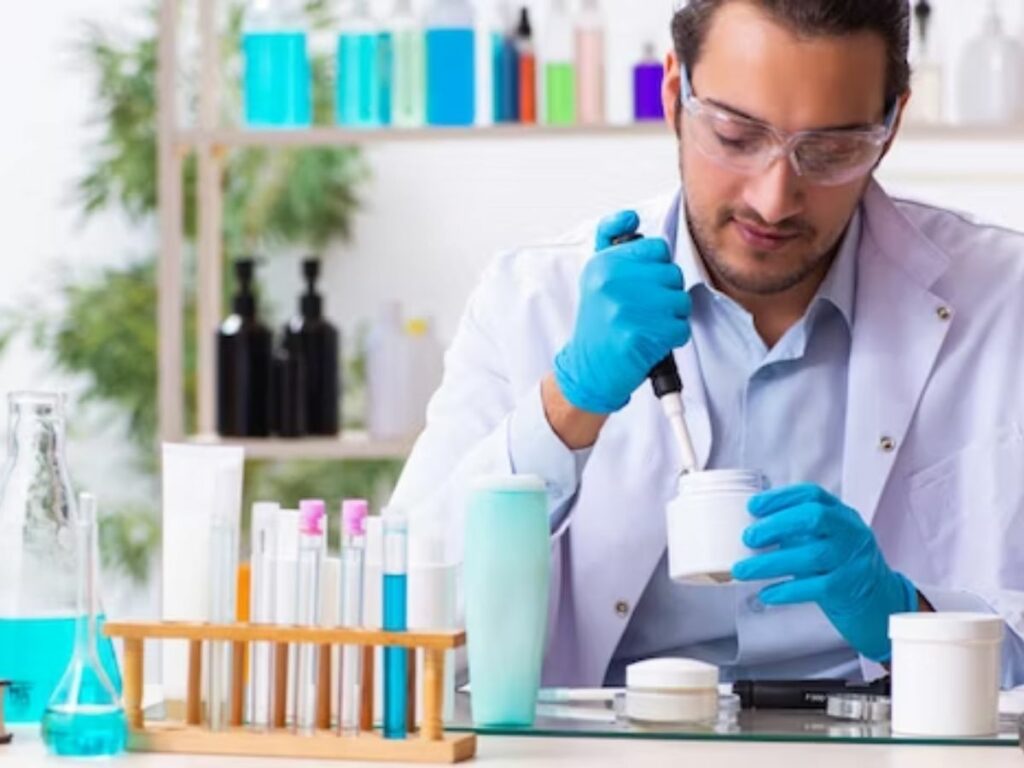
- Creating a Prototype: Produce a small batch of sunscreen using the developed formula. This prototype allows for initial assessment of sunscreen’s consistency, spreadability, and absorption on the skin.
- Refining the Formula: After evaluating the prototype, make necessary adjustments to the formula. This could involve altering ingredient concentrations, adding new components for improved texture or stability, and re-testing until the desired formulation is achieved.
Step#2 Preparing the Base
Building on the carefully crafted formulation from the previous step, the preparation of the base is where sunscreen begins to take physical form. Let’s dive into the specifics of this essential phase:
- Mixing Base Ingredients: Begin by carefully measuring and combining the base ingredients – typically water, oils, and emollients, in a large mixing tank. Use mechanical mixers to blend these ingredients until they form a uniform base.
- Controlling Temperature: During the mixing process, monitor and adjust the temperature of the base mixture. This ensures that all ingredients are adequately combined without any damage.
- Adjusting pH Level: Once the ingredients are blended, measure the pH level of the base and adjust it as needed by adding either acidic or alkaline substances. The aim is to reach a pH level that’s compatible with the skin and supports the effectiveness of UV filters.

- Viscosity Modification: Finally, modify the thickness of the base to achieve the desired consistency. This involves adding thickeners or viscosity modifiers, making the sunscreen simple to spread and sticking effectively to the skin.
Step#3 Adding Active Ingredients
After preparing the base, the next crucial step is adding active ingredients for UV protection in sunscreen, ensuring its effectiveness and safety. Here are the key steps in integrating these elements:
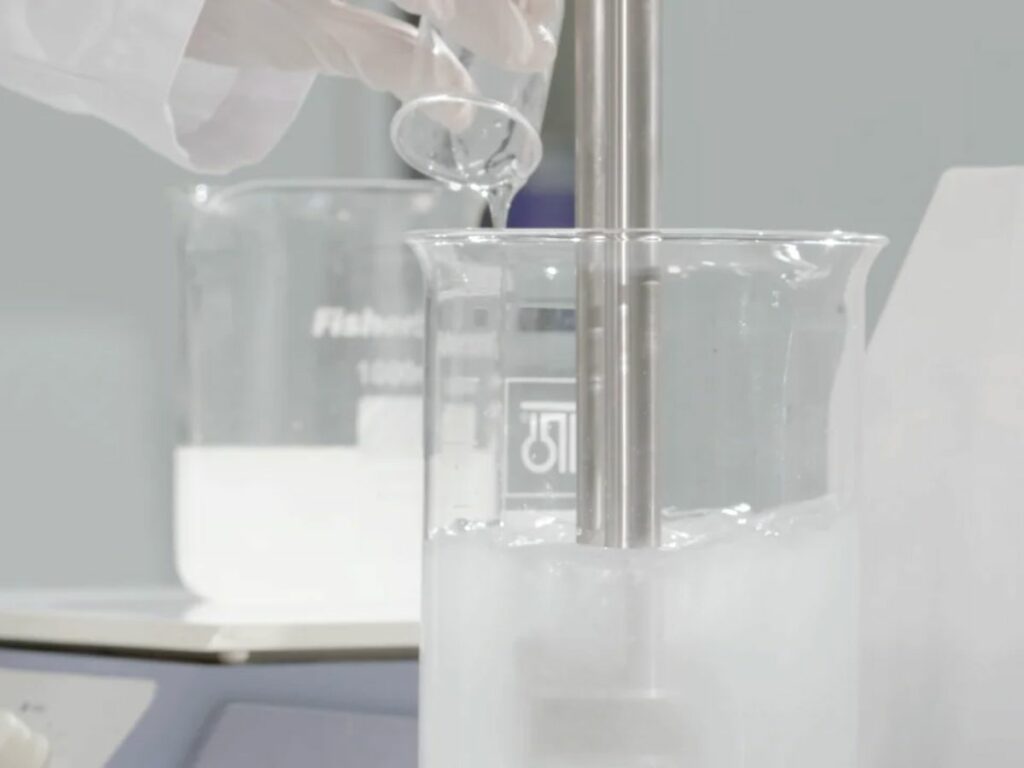
- Incorporating UV Filters: Begin by systematically adding UV filters into the base mixture. This involves a controlled process where each filter is added separately to ensure even distribution throughout the sunscreen.
- Adjusting Ingredient Concentrations: Measure and adjust the concentration of each active ingredient by using precise instrumentation. According to Healthline, zinc oxide, a GRASE sunscreen ingredient, allows concentration up to 25%, being safe for skin with no evidence of penetration.
- Stabilizing Active Ingredients: Then, use stabilizers to ensure the active ingredients remain effective throughout the product’s shelf life. Add compounds that protect these ingredients from degrading due to light, heat, or other external factors.
- Ensuring Ingredient Compatibility: Lastly, perform a series of tests to confirm that each active ingredient is compatible with the rest of the formulation. For example, a high-performance liquid chromatography (HPLC) test can be used to assess the stability of UV filters in the presence of other ingredients.
Step#4 Homogenization and Emulsification
After adding active ingredients, the next critical phase in sunscreen manufacturing is homogenization and emulsification, ensuring product uniformity and stability. Here are the detailed steps involved in this phase:
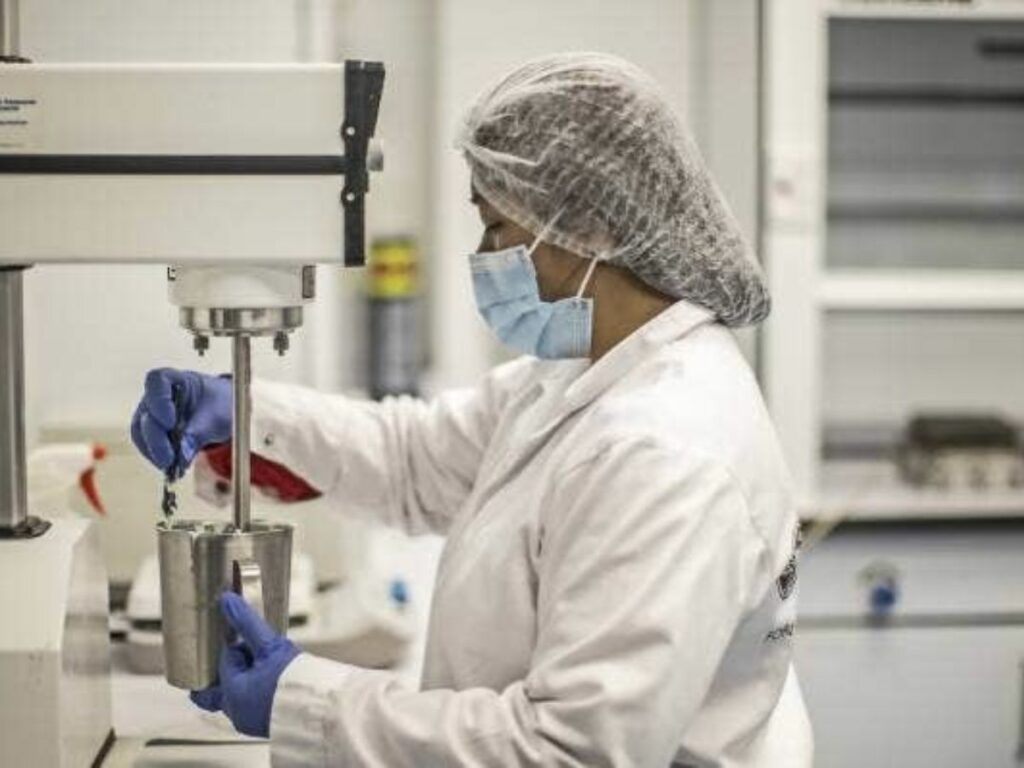
- Mixing Technique: Use high-shear mixers to thoroughly blend the sunscreen ingredients. This technique involves rapidly combining these elements at high speeds, reducing their size creating a smooth and consistent mixture.
- Emulsifier Selection: Choose emulsifiers compatible with the ingredients, such as lecithin or glyceryl stearate.Add them to the mixture to facilitate the blending of oil and water-based components, ensuring a stable and uniform emulsion.
- Shear and Pressure Application: Apply the correct level of shear and pressure to achieve the desired emulsion consistency. This involves adjusting the mixer’s speed and pressure to ensure that the emulsion is fine and uniform.
- Stability Assessment: The final step involves assessing the stability of the emulsion. This is done through various tests that simulate conditions like temperature changes and shelf life. The goal is to ensure that sunscreen remains effective and maintains its desired properties throughout its intended use period.
Step#5 Packaging and Branding
After completing the homogenization and emulsification, the next crucial step is packaging and branding to prepare the sunscreen for market presentation. Here are the key components involved:
- Selecting Appropriate Containers: Choose containers that shield sunscreen from external elements like light and air. This might include opaque or UV-protected bottles.
- Efficient Filling Process: Then proceed with the filling process, utilize precision machinery to dispense the correct amount of sunscreen into each container.TY Cosmetic employs high-speed liquid filling machine to accurately pour specific volume of product into containers with speed and precision.
- Designing and Applying Labels: Design labels that provide essential product information, usage instructions, and comply with regulatory standards. Once designed, these labels are then carefully applied to each container, ensuring that they are clearly visible and aligned with the overall branding strategy.
- Sealing for Product Integrity: Finally, seal each container to secure the product against contamination and ensure its integrity. This can be done using various methods such as heat sealing or applying tamper-evident seals, which also reassure consumers about the product’s safety and quality.
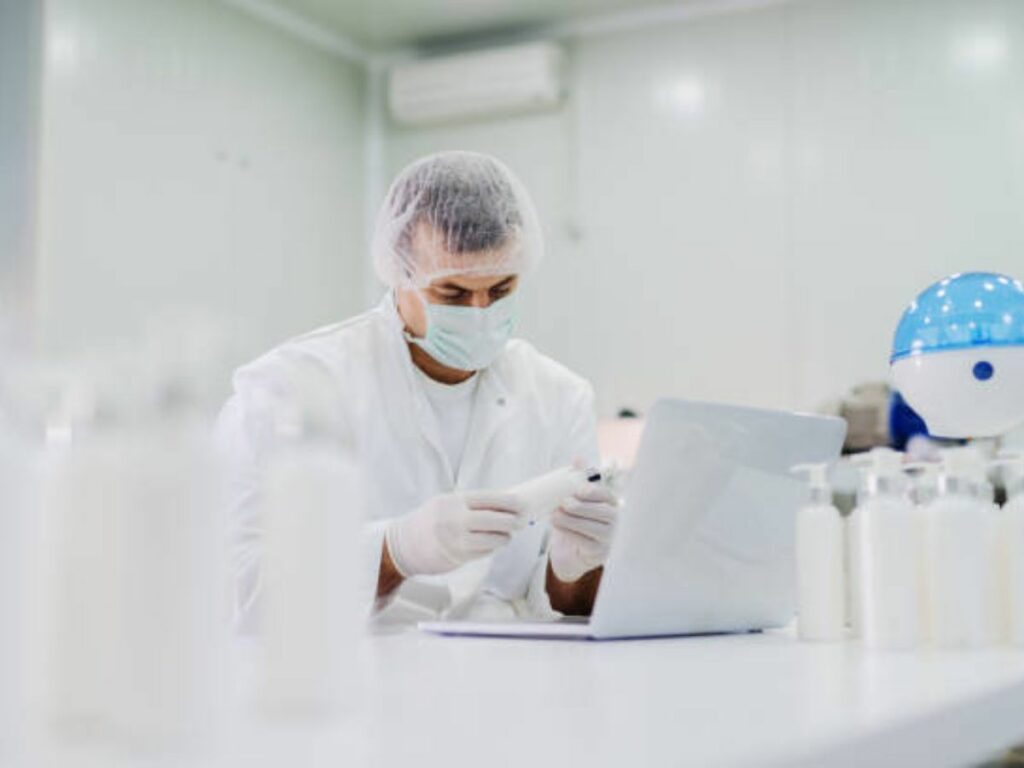
Step#6 Quality Control
Following the meticulous packaging and branding process, quality control is conducted to ensure sunscreen’s visual appeal and consistent, safe performance. Here are the essential checks to be performed:
- Ingredient Analysis: Test each raw material for purity, ensuring it meets predefined quality specifications. For example, using methods like spectrophotometry for measuring how much light is absorbed to verify concentration levels.
- Batch Consistency Checks: Samples from each production batch are evaluated for uniformity in color, texture, and thickness, ensuring every unit produced is consistent with the last. TY Cosmetic maintains rigorous quality control standards to continuously deliver products of exceptional quality and safety.
- Stability Testing: Expose sunscreen to various environmental conditions such as heat, light, and humidity to verify its effectiveness and safety throughout its shelf life. This testing simulates the conditions the product will face during its shelf life and ensures that it remains effective and safe for consumer use.
- Regulatory Compliance: Compliance testing is conducted to ensure that the sunscreen meets all legal and regulatory requirements for the markets in which it will be sold. This includes verifying labeling for accuracy and making sure the product adheres to safety standards set by health authorities.

Step#7 Storage
Once all the manufacturing phases are complete, the final step of properly storing the sunscreen ensures its quality and efficacy are preserved until it reaches the consumer. Here are the essential steps in the process:
- Maintain Optimal Storage Temperatures: Store sunscreen in a temperature-controlled environment. Regularly monitor and adjust the storage temperature to ensure it remains within the ideal range for product stability.
| Aspect | Description |
| Temperature Range | Determine the ideal temperature range for storing the sunscreen, typically between 20°C to 25°C (68°F to 77°F), to maintain product stability and efficacy. |
| Storage Facility Design | Design storage facilities with temperature control systems. Ensure proper insulation, ventilation, and, if necessary, air conditioning to keep temperatures within the desired range. |
| Monitoring Systems | Install temperature monitoring systems with alarms to alert staff if temperatures deviate from the set range. Continuous monitoring is crucial to ensure consistent storage conditions. |
| Regular Audits | Conduct regular audits of the storage environment to ensure the temperature control systems are functioning correctly and to identify any potential issues early. |
| Staff Training | Train staff on the importance of temperature maintenance for sunscreen products, including how to operate and monitor temperature control systems. |
| Contingency Plans | Develop contingency plans for temperature deviations, such as backup cooling systems or relocation protocols, to protect the product in case of system failure. |
| Record Keeping | Maintain detailed records of temperature data and any incidents of deviation, including corrective actions taken. This data is valuable for quality control and audits. |
| Product Testing | Regularly test stored products for quality and efficacy to ensure that storage conditions are not negatively impacting the sunscreen. |
| Compliance with Regulations | Ensure storage conditions comply with regulatory requirements for cosmetic products, which may have specific guidelines for temperature maintenance. |
- Implement Inventory Rotation System: Apply a first-in, first-out inventory management system. This requires organizing stock in a way that ensures older products are used or sold before newer ones, maintaining product freshness.
- Control Humidity Levels: Implement humidity control systems in storage areas. Regularly check and adjust humidity levels to prevent product damage due to moisture.
- Ensure Stable Transportation Conditions: Arrange for transportation methods that maintain the integrity of sunscreen. Select transportation options that offer temperature and humidity control, and ensure the product is handled carefully to prevent damage.
Dive Deeper Into Our Resources
Interested in discovering more? Gain instant access to our diverse range of products:
Still haven’t found what you’re looking for? Don’t hesitate to contact us. We’re available around the clock to assist you.
Conclusion
Manufacturing sunscreen requires meticulous attention at every stage to ensure product quality and effectiveness. This comprehensive guide serves as an essential resource simplifying each step, providing a straightforward path and equipping you with knowledge to optimize your sunscreen offerings.
If you are looking for a partner to elevate your sunscreen products, TY Cosmetic is your go-to expert. Contact us for unmatched sunscreen manufacturing expertise. Let’s collaborate to deliver top-tier skincare solutions.
